Block diagram of (a) 64-bit shift register and (b) 8-to-1 multiplexer.... | Download Scientific Diagram
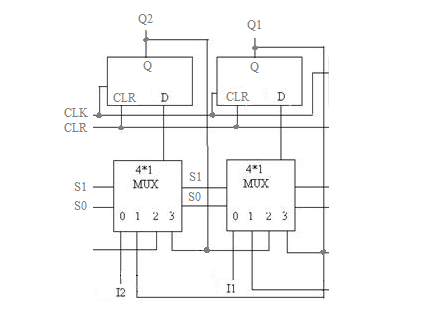
The Challenge There are two parts in this lab assignment. The first part is to design, simulate and test an 8-bit parallel in parallel out right/left shift register using D flip flops. In the second part, you will design and test a register bank. Part I: A shift register ...

Low-complexity QCA universal shift register design using multiplexer and D flip-flop based on electronic correlations | SpringerLink

circuit analysis - Design a 4-bit binary counter using D flip-flop - Electrical Engineering Stack Exchange

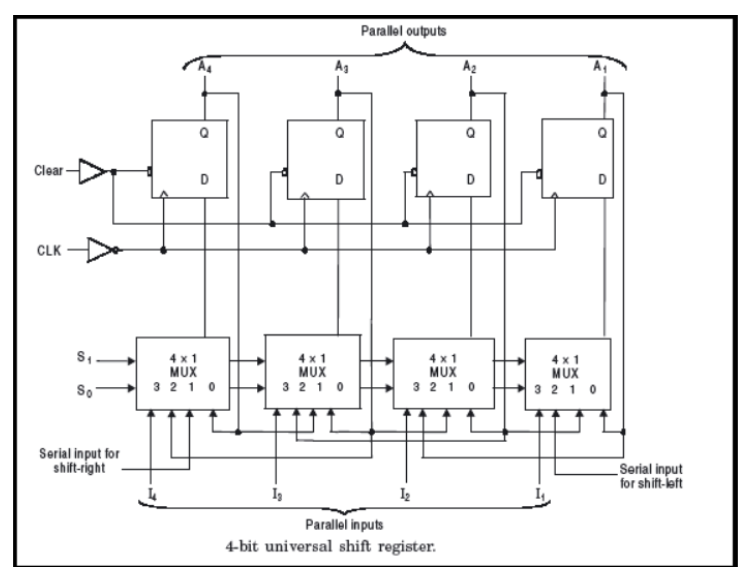





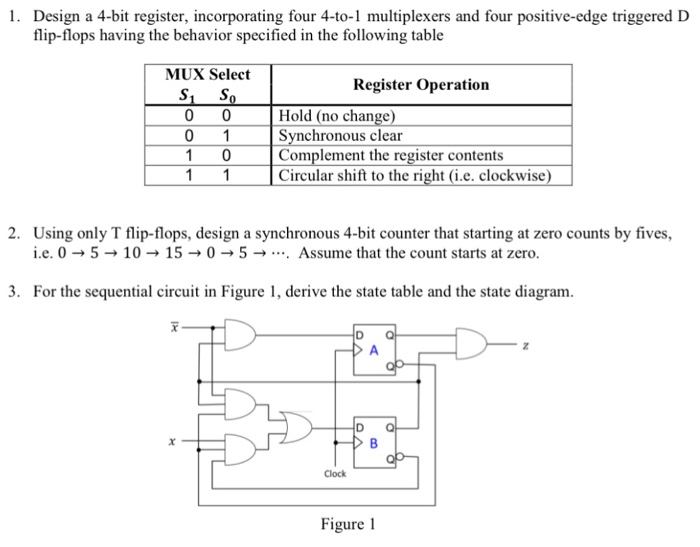
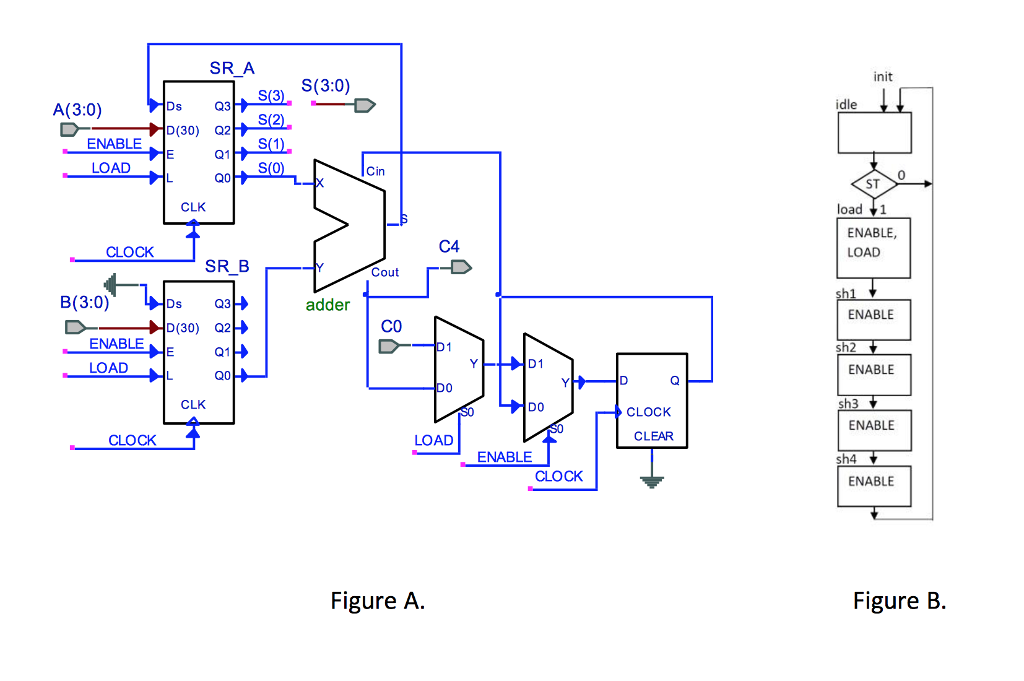

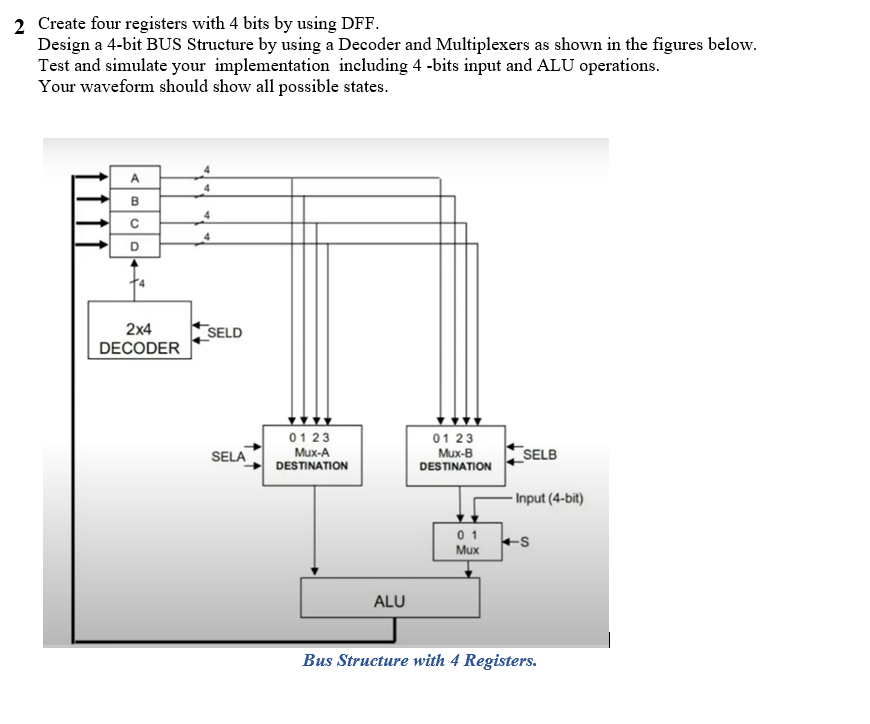



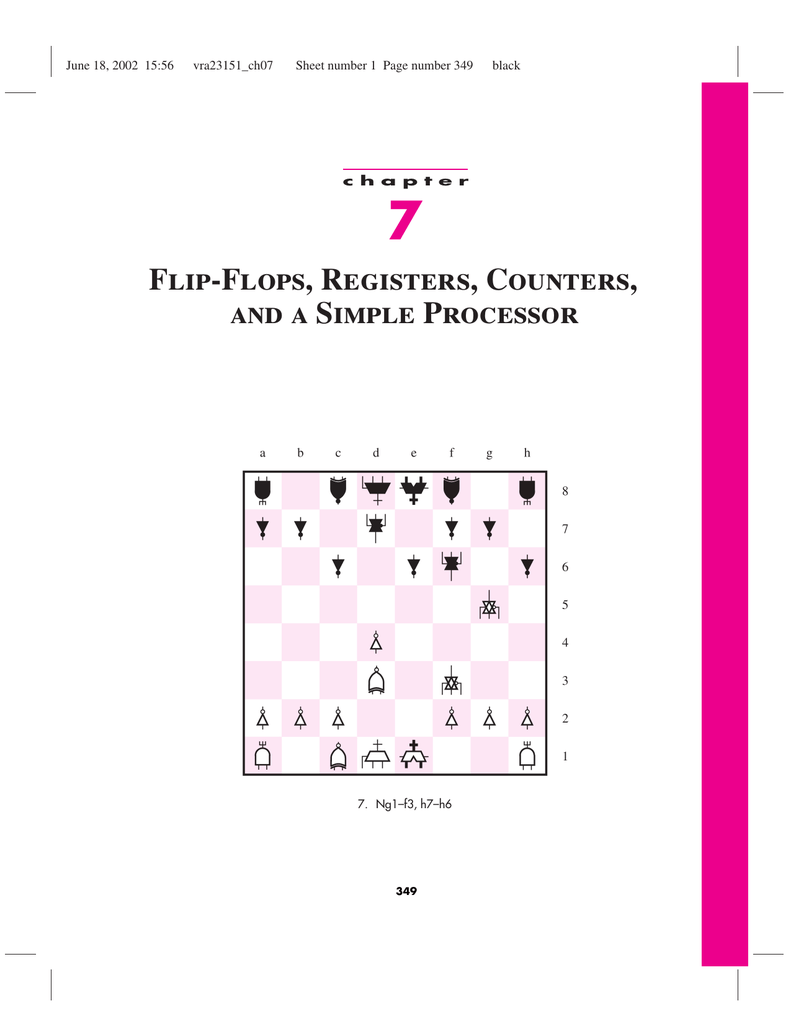


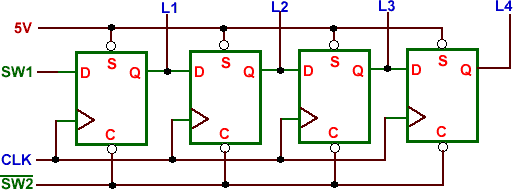

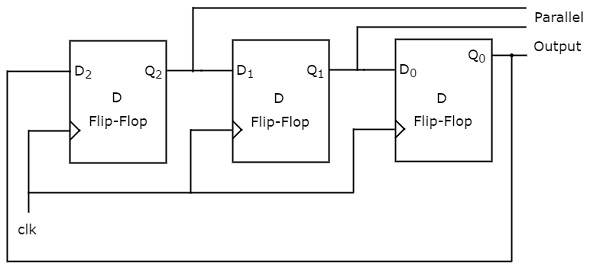

![wiki:logic_design:registers [Weber's Wiki] wiki:logic_design:registers [Weber's Wiki]](https://hkn.illinois.edu/wiki/_media/wiki:logic_design:registers:parallel-load_with_load_signal.png?w=500&tok=a339f9)